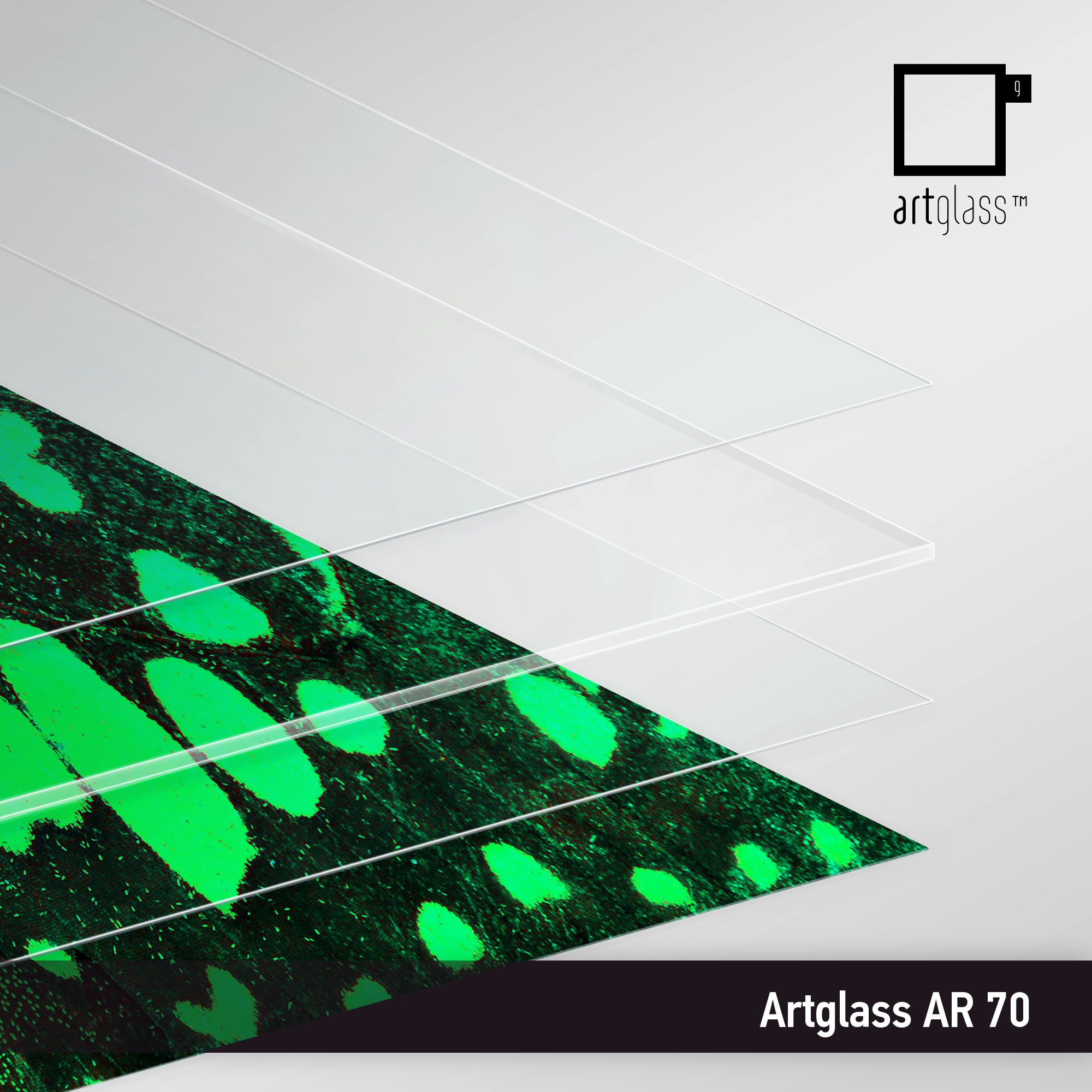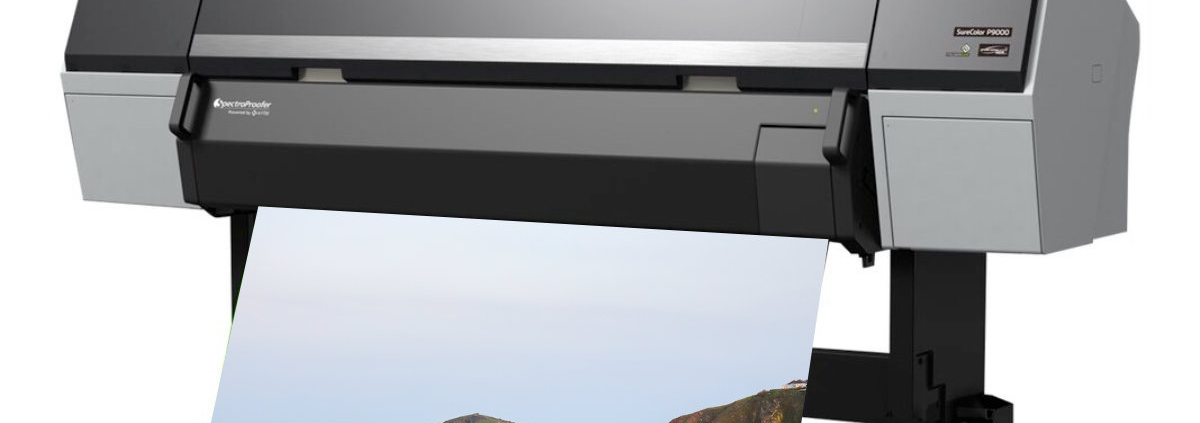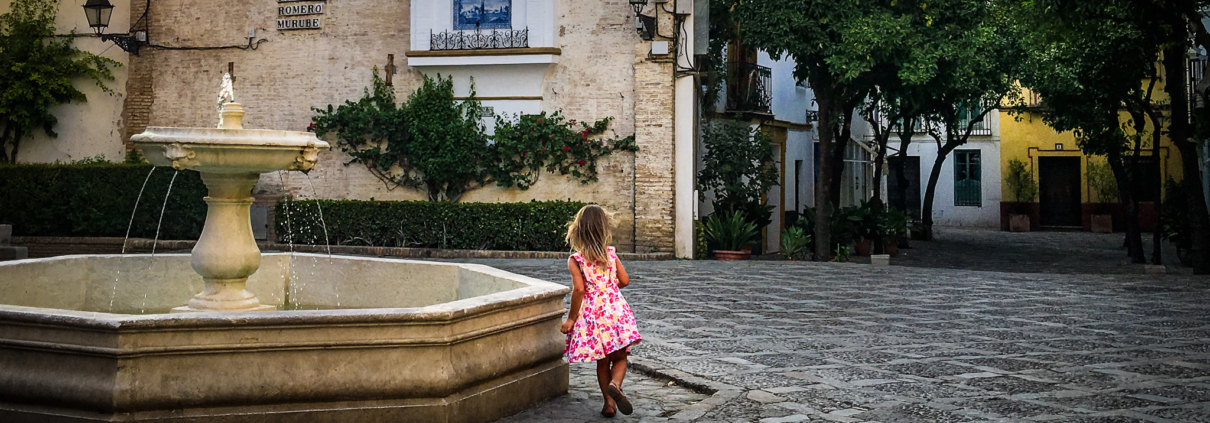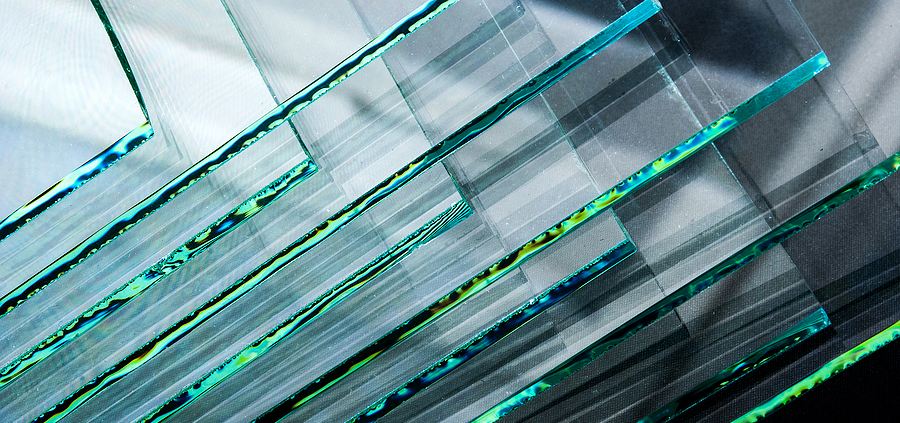 When it comes to custom picture framing, choosing the right glass is just as important as picking the perfect frame. Glass isn’t just there to make things look good—it plays a big role in protecting your artwork, photo, or keepsake from dust, damage, and fading.
When it comes to custom picture framing, choosing the right glass is just as important as picking the perfect frame. Glass isn’t just there to make things look good—it plays a big role in protecting your artwork, photo, or keepsake from dust, damage, and fading.
Let’s break down the most common types of glass and acrylic glazing used in framing, and help you decide which one is right for your piece.
1. Standard Picture Glass (2mm Float Glass)
The go-to option for many basic frames, standard float glass is clear, cost-effective, and easy to work with.
Pros:
- Budget-friendly
- Clear visibility
- Readily available
- Easy to clean
Cons:
- Reflects 8% of light—can create glare in well-lit rooms
- Offers 40% UV protection
- Breaks more easily than acrylic
- Best for: Temporary displays, prints and posters, or when budget is a primary concern and light exposure is minimal.
2. ArtGlass (70% UV Protection, Anti-Reflective)
A premium, non-reflective glass designed to reduce glare while offering a solid level of UV protection.
Pros:
- Significantly reduces glare—reflects 0.5% of light so is perfect for high-light areas
- 70% UV protection to help slow down fading
- Very clear—preserves detail and colour beautifully
Cons:
- Higher cost than standard glass
- Still heavier and more breakable than acrylic
- Best for: Framing art or photographs in rooms with medium to strong natural or artificial light; ideal when you want minimal glare without going full museum-level.
3. Museum Glass (High UV Protection, Non-Reflective)
This is on of the top-tier glazing options for protecting and displaying valuable or sensitive pieces.
Pros:
- Up to 99% UV protection
- Virtually invisible—reduces glare to almost nothing
- Preserves fine detail and colour accuracy
Cons:
- Highest cost among glass options
- Still has the weight and breakability of regular glass
Best for: Original artwork, heirlooms, collectibles—anything you want to preserve for the long haul while keeping it looking its best.
4. Acrylic Glazing (Standard & UV-Protective Options)
What it is: Lightweight, shatter-resistant plastic that comes in various grades, including UV-protective and non-reflective versions.
Pros:
- Half the weight of glass—great for large frames or shipping
- Shatter-resistant—ideal for safety in public or high-traffic areas
- Available with similar anti-reflective and UV coatings
Cons:
- Can scratch more easily than glass (but scratch-resistant versions exist)
- May build up static, which can attract dust—especially a concern for pastels or charcoal works unless a spacer is used between the acrylic and artwork
Best for: Oversized frames, kids’ rooms, public installations, or anytime safety and weight are key concerns.
Framing is an art in itself, and the right glazing is the finishing touch that protects and enhances your piece for years to come.
So, Which One Should You Choose?
It depends on what you’re framing and where it’s going to live:
- Budget-conscious or temporary display? Go with standard glass.
- Want a clean look with reduced glare? Choose ArtGlass.
- Framing something valuable or irreplaceable? Museum glass is worth the investment.
- Need something safe and light? Opt for acrylic glazing, especially with added UV protection.
Still not sure? We’re always happy to help you choose the right option based on your needs and budget. Stop by or give us a call—we’ll help you make the perfect choice.





 When it comes to custom picture framing, choosing the right glass is just as important as picking the perfect frame. Glass isn’t just there to make things look good—it plays a big role in protecting your artwork, photo, or keepsake from dust, damage, and fading.
When it comes to custom picture framing, choosing the right glass is just as important as picking the perfect frame. Glass isn’t just there to make things look good—it plays a big role in protecting your artwork, photo, or keepsake from dust, damage, and fading.
